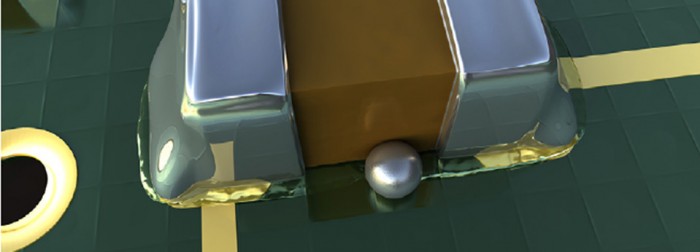A lot of people who arenot familiar with semiconductor products find themintimidating. I was one of those who found them daunting, but now I realize that semiconductor fluxes should not be “scary”. In fact, as an engineer, they can be a great resource to keep in your back pocket.
Some of the semiconductor fluxes that we offer include flip-chip fluxes, wafer bumping fluxes, and ball attach fluxes.
I’ll start out by talking about flip-chip fluxes for a bit. Flip-chip flux is typically a low to medium viscosity flux. It is applied to the “flipped” die by dipping it in flux, hence the name flip-chip flux.These fluxes can be water-soluble or no-clean and help to remove oxides during the reflow process from the solder bumps or the Cu pillar micro-bumps.
Cu pillars topped with solder micro-bumps are becoming more and more popular.However, as these devices become smaller and more fine-pitch the package becomes more prone to warpage during the reflow process.This, in conjunction with wetting of the surface and the amount of oxidation on the surface, can make flip-chip assembly challenging.To address all these new challenges, you need a proper flux that can wet the surface, clean the oxides, and still keep the flip-chip in place during reflow.This is where the rheology, as well as the chemistry, plays a critical role.Indium Corporation has devoted significant resources to fully understand the rheology and chemistry of our fluxes so we can recommend just the right flux for your application – whether you need a water-soluble, no-clean or even an ultra-low residue flux.
Let us know how we can help you. You can reach out to me or anyone in the Technical Support Team by emailing [email protected].


